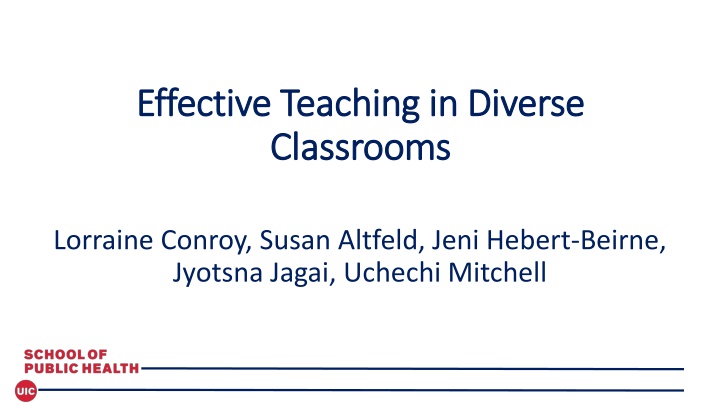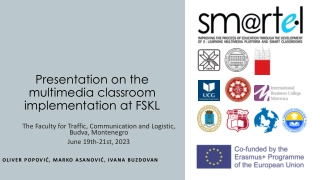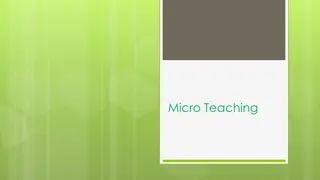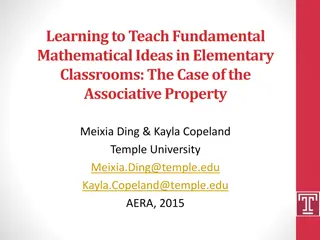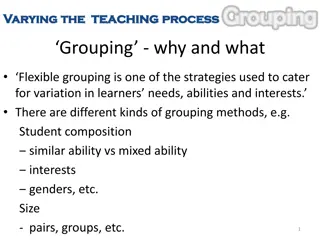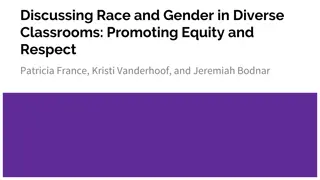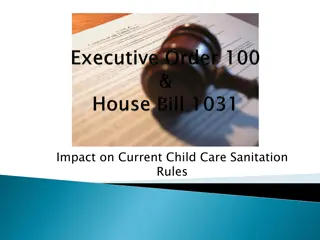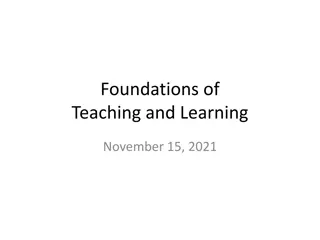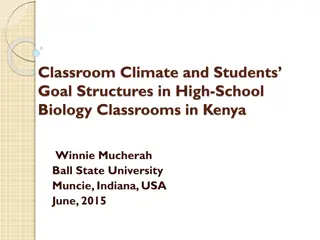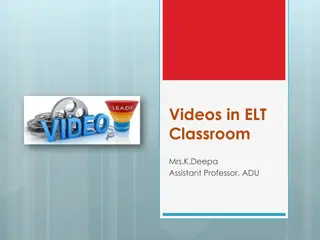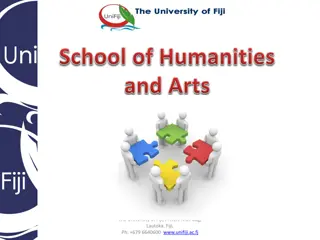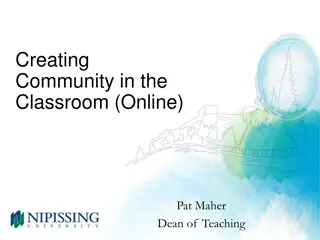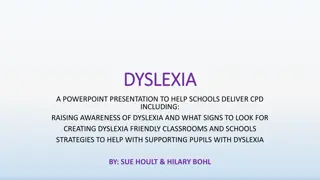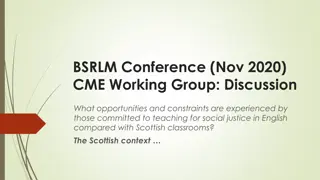Effective Teaching in Diverse Classrooms - Strategies for Engagement and Inclusivity
This book explores effective teaching practices in diverse classrooms, focusing on fostering engagement, collaboration, and active learning. It addresses the importance of understanding and catering to the social identities of learners to create inclusive educational environments. The content discusses the challenges and opportunities presented by a growing racially and ethnically diverse student population, offering insights, case studies, and strategies for creating culturally responsive curricula. Additionally, it examines a case study on teaching public health and health equity, emphasizing the need for culturally responsive teaching approaches in this field. The book also delves into the demographic profile of a Master of Public Health class, showcasing the importance of diversity and integrated core curricula. Finally, it outlines a typical class agenda centered on activities that promote engagement, collaboration, and active learning.
Download Presentation

Please find below an Image/Link to download the presentation.
The content on the website is provided AS IS for your information and personal use only. It may not be sold, licensed, or shared on other websites without obtaining consent from the author.If you encounter any issues during the download, it is possible that the publisher has removed the file from their server.
You are allowed to download the files provided on this website for personal or commercial use, subject to the condition that they are used lawfully. All files are the property of their respective owners.
The content on the website is provided AS IS for your information and personal use only. It may not be sold, licensed, or shared on other websites without obtaining consent from the author.
E N D
Presentation Transcript
Effective Teaching in Diverse Effective Teaching in Diverse Classrooms Classrooms Lorraine Conroy, Susan Altfeld, Jeni Hebert-Beirne, Jyotsna Jagai, Uchechi Mitchell
Diversity Diversity US: Racial and ethnic minority population doubled 1970-2016 Will represent more than 50% by 20421 Racial and ethnic minorities remain underrepresented (URM) in higher education, including public health 37% of college aged population1,2 <20% of graduates from ASPPH Schools and Programs3 13% of public health faculty4 We are defining diverse classroom as: Learners who are different in terms of social identity, which includes characteristics such as race and ethnicity, but also sexual orientation and gender identity, age, ability, political orientation, and economic and educational disadvantage
Case Study: Teaching public health and health equity Case Study: Teaching public health and health equity Determinants of Population Health course Is the course designed and delivered in a way that fosters engagement and collaboration and active learning? Do we set high, and well-defined, expectations and provide regular and meaningful feedback? Do we seek feedback from students and others and respond to that feedback? Is the curriculum culturally responsive?
Our MPH Class Our MPH Class Demographics 29% URM 76% female Average age = 27 years 31% first generation college graduates Integrated core curriculum beginning in 2013 Determinants of Population Health Analytic and Research Methods Systems, Policy and Management in Public Health
Engagement, Collaboration, Active Learning Engagement, Collaboration, Active Learning Typical Class Agenda (4 hours) Review of Previous Week Small Group Discussion of Readings Debrief of Small Group Discussion, Group Presentations Activity Lecture Guest Speaker Group Work Class Activity Student Presentations Reflective Journaling Summary Points and Announcements
Expectations, Validation, Support Expectations, Validation, Support Setting high expectations with active intervention that affirms URM students (and others) can succeed Recognizing diverse kinds of experiences and ways of knowing5 Avoiding systems that knowingly or unknowingly invalidate students Need to do more than offer opportunities for involvement6
Continuous Improvement: Continuous Improvement: Course Development Timeline Course Development Timeline Faculty Development Building Infrastructure Course Implementation & Evaluation Course Design Institute Launched Restructured Course Launched Pilot Pilot Evaluation One section 2 instructors Organized Where one is Born, Live, Work, Play, Pray Focus on Structural Drivers of Social Determinants Emphasize experiential learning Increase emphasis on other ways of knowing Mixed Methods Strong Qualitative Case-based, Discussion Learning Faculty trained Train the trainer approach Student-centered Active Learning Added another section Online section launched Dialogue Institute Promoting dialogue not debate Focus on inclusion/ respect Faculty Identification Cross-discipline 2 EOHS; 2 CHS Co-developed Compensated Additional instructors and expertise 2013-2014 2015-2016 2014-2015 2017-2018 2016-2017 2012-2013
Culturally Responsive Curriculum and Teaching Culturally Responsive Curriculum and Teaching Student centered- emphasis on connecting new knowledge and skills to previous experiences7,8 Recognize the social capital and expertise students bring7,9-13 Focus on achievement10 Understanding of and appreciation for the role of culture (including the culture of higher education)14 that places emphasis on cultural humility rather than assimilation, with respect to students lived experiences10,11 Sociopolitical consciousness10 and a social justice approach15
Case Study: Teaching public health and health equity Case Study: Teaching public health and health equity Intro Born Lives Works Plays Prays Ages
Challenges Challenges Instructors16 Financial and Administrative Systems8,17 Established expectations, specifically for promotion and tenure that de-emphasize teaching
Impact of Diversity and Culturally Responsive Curricula Impact of Diversity and Culturally Responsive Curricula Social interaction cognitive disequilibrium learning18 Diversity provides the discontinuity for more active thinking and to move beyond embedded worldviews19 Integrate learning, build new knowledge on previous experiences, increase skills in intergroup relations Leads to students with more skill in critical inquiry,20 ability to constructively consider multiple perspectives, increased pluralistic orientation (concern for the public good)18 Diverse perspectives critical for problem solving, public policy, and public health advocacy21
References References 1. Decennial census of population U.S. Census Bureau 2. Women, Minorities, and Persons with Disabilities in Science and Engineering, National Science Foundation, 2014, https://www.nsf.gov/statistics/2017/nsf17310/digest/fod-minorities/degree-share.cfm 3. ASPPH Graduate Employment 2014 Common Questions Pilot Project, Association of Schools and Programs in Public Health, June 3, 2015, https://s3.amazonaws.com/aspph-wp- production/app/uploads/2015/07/ASPPH_Graduate_Employment_Pilot_Project_Report_May2015.pdf 4. ASPPH Data Center- Summary of 2016 Membership Data, Association of Schools and Programs in Public Health, January 16, 2018. 5. Bell Hooks, Teaching to Transgress, Education as the Practice of Freedom (New York: Routledge, 1994). 6. Laurie I. Rendon, "Validating Culturally Diverse Students: Toward a New Model of Learning and Student Development," Innovative Higher Education 19, no. 1 (1994):33-51. 7. Alice Y. Kolb and David A. Kolb, "Learning Styles and Learning Spaces: Enhancing Experiential Learning in Higher Education, Academy of Management Learning & Education 4, no. 2 (2005):193-212. 8. Susan J. Lea, David Stephenson, and Juliette Troy, "Higher Education Students' Attitudes to Student-Centred Learning: Beyond 'Educational Bulimia'?" Studies in Higher Education 28, no. 3(2003):321-334. DOI: 10.1080/03075070309293. 9. Study Group on the Conditions of Excellence in American Higher Education, "Involvement in Learning: Realizing the Potential of American Higher Education," (Washington DC: National Institute of Education, U.S. Department of Education, 1984). 10.Paulo Freire, Pedagogy of the oppressed, 30th Anniversary (New York, NY: Bloomsbury Academic, 2000). 11.Gloria Ladson-Billings, "Culturally Relevant Pedagogy 2.0: a.k.a. the Remix." Harvard Educational Review 84, no.1 (Spring 2014):74-84.
References References 12. David Gosling "Supporting Student Learning" in A Handbook for Teaching and Learning in Higher Education- Enhancing Academic Practice, 3rd Edition, ed. Heather Fry, Steve Ketteridge, Stephanie Marshall (New York: Routledge, 2009), 113-131. 13. Tyrone C. Howard, "Relevant Pedagogy: Ingredients for Critical Teacher Reflection," Theory Into Practice 42, no. 3 (2003):195-202. http://www.jstor.org/stable/1477420. 14. Gloria Ladson-Billings, "Culturally Relevant Pedagogy 2.0: a.k.a. the Remix." Harvard Educational Review 84, no.1 (Spring 2014):74-84 15. Sonia Nieto, "Placing Equity Front and Center: Some Thoughts on Transforming Teacher Education for a New Century," Journal of Teacher Education 51, no. 3 (2000):180-187. DOI: 10.1177/0022487100051003004. 15 Vanessa Lopez-Littleton, "Critical Dialogue and Discussions of Race in the Public Administration Classroom," Administrative Theory & Praxis 38, (2016):285-295. DOI: 10.1080/10841806.2016.1242354. 16. Joy Handelsman, et al., 2004. "Scientific Teaching," Science 304, no. 5670 (2004):521-522. DOI: 10.1126/science.1096022. 17. Heather Fry, Steve Ketteridge, and Stephanie Marshall, "Understanding Student Learning" in A Handbook for Teaching and Learning in Higher Education- Enhancing Academic Practice, 3rd Edition, ed. Heather Fry, Steve Ketteridge, Stephanie Marshall (New York: Routledge, 2009), 8-26. 18. Sylvia Hurtado, "Linking Diversity with the Educational and Civic Missions of Higher Education." The Review of Higher Education 30, no.2 (Winter 2007):185-196, Project Muse. DOI: 10.1353/rhe.2006.0070. 19. Patricia Gurin, et al., "Diversity and Higher Education: Theory and Impact on Educational Outcomes." Harvard Educational Review 72, no. 3 (2002):330-366. DOI: 10.17763/haer.72.3.01151786u134n051 20. Biren (Ratnesh) A. Nagda, Patricia Gurin, and Gretchen E. Lopez, "Transformative Pedagogy for Democracy and Social Justice." Race Ethnicity and Education 6, no. 2 (2003):165-191. DOI: 10.1080/13613320308199. 21. Scott E. Page, The Difference- How the Power of Diversity Creates Better Groups, Firms, Schools, and Societies (Princeton NJ: Princeton University Press, 2007).
